The Video of Things
By Miles Weaver
16-07-2015
Predicting the future is a notoriously unreliable business. Just ask Nostradamus. Could anybody 10 years ago have predicted the earth-shattering impact of the iPhone? Would we have seen the erosion of the concept of linear television or the rise of the subscription streaming service? But what of the next decade?
In 2013, YouTube and Netflix comprised half of all video traffic in the US. Both have continued to grow at a considerable pace, while at the same time a litany of competitors has risen to try to take a share in the exploding video market. In parallel, Facebook, with 1.4 billion monthly users, has seen its news feeds completely changed by video with a 360% increase in the video viewership since last year. Where photos replaced text as the main thing shared on Facebook, it looks like they are going to be usurped by video.
Although around for a while, the Internet of Things is finally, well, a thing. While we have been promised a veritable cornucopia of connected devices for years now, from self-ordering fridges to automatic bathtubs filling to the perfect temperature and depth, we’ve finally reached the point where these devices are becoming reality. Attached to almost every one of these devices is a high-definition screen and with each of these comes the potential of video.
The moving image, just as it has become the dominant form of entertainment, will be the dominant content type online. The number of screens is set to increase exponentially over the next few years, as will the amount of content as people find it easier to produce videos and get them online. At the same time, the nature of content will change with a greater range of shortform content on numerous screens feeding our ever-shortening attention spans.
Advertising will be similarly transformed, as the static billboard is phased out in order to deliver video to a whole range of different screen sizes and screen purposes. I would be very surprised if ad screens do not begin to personalise elements of their content based on the people showing definite interest in the highlighted product.
Of course, the inexorable rise of internet video leaves our old friend Mr Television looking increasingly antiquated. As a form factor, traditional TV is content that plays to a broadcaster’s schedule, not yours or mine. In an era of convenience and flexibility, this seems to be at odds with the way the world is turning. Yet I don’t think television is going anywhere.
Just like the cinema didn’t kill the theatre, the internet will not kill television. It will, I believe, evolve television. The concept of the linear schedule still has a valuable place, for scarcity breeds attention and desire – it is simple supply and demand. Live events or marquee shows broadcast at specific times generate ‘watercooler moments’ that people want to share, and it’s hard for on-demand offerings to provide the same experience. Thus television will begin to start playing to those strengths.
We will, of course, see timeslot ratings slide as people begin to watch on their own schedule and at their own convenience. The explosion of channels from the early millennium will probably begin to contract again, as it becomes commercially unviable to support them. Similarly, the content from hour-catch-up linear channels broadcasting to a dwindling audience can be better monetised and targeted online. Instead, marquee channels and a more à la carte presentation of cable subscription will begin to take the place of the old model, and schedules will largely be given over to a more tailored range of content, suitable for the format.
If this happens, television will be almost unrecognisable to today’s viewer, but such change will be a gradual evolution over a decade, not the ‘television is dead’ shock to the system many are predicting. Just as the cinema meant that the theatre needed to refocus on what made it special and unique, television will end up doing the same.
The Internet of Video and the television evolution will be impacted by a wider societal trend as the global internet connects and assists the rise of South America, Asia and Africa as major global industrial and economic players. This also means that there will be a huge influx of new ideas and thinkers into the space that may have previously been unable to take part in our community of minds.
We will no longer look just towards Silicon Valley, Seoul or London to see where the next great innovation is going to emerge – we will be directing our eyes to Kinshasa, Lagos, Mumbai, Delhi, Ulan Bator or Asunción. The internet will be finally truly global.













.jpg)




























